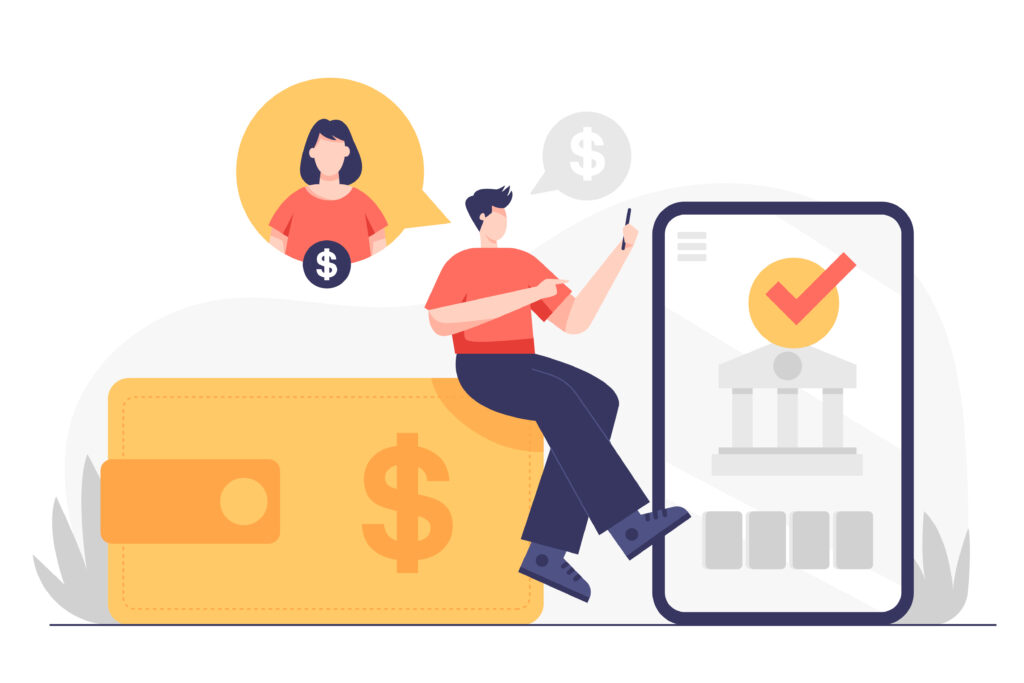
Introduction
In today’s fast-paced world, mobile payment apps have transformed the way we conduct financial transactions. These applications offer a level of convenience that traditional payment methods cannot match. With just a few taps on a smartphone screen, users can make purchases, transfer money, and even manage their budgets from virtually anywhere. As technology evolves, the adoption of mobile payment solutions continues to rise, making them an indispensable tool for consumers and businesses alike.
Advantages of Mobile Payment Apps
One of the most significant advantages of mobile payment apps is their ability to streamline the purchasing process. Gone are the days of fumbling for cash or waiting for card transactions to process. Mobile payment solutions like Apple Pay, Google Pay, and Venmo allow users to complete transactions quickly and efficiently. By simply tapping their smartphones at checkout or scanning QR codes, users can pay in seconds, significantly reducing wait times. This convenience is especially beneficial in busy retail environments, where speed and efficiency are paramount.
Enhance Security
Moreover, mobile payment apps enhance security during transactions. Many of these applications utilize advanced encryption and tokenization technologies to protect sensitive financial information. Unlike traditional cards, which can be easily compromised if lost or stolen, mobile payment systems generate unique transaction codes that are valid for only a short period. This added layer of security gives users peace of mind, knowing their financial data is safeguarded against fraud and theft. Additionally, many apps require biometric authentication, such as fingerprints or facial recognition, making unauthorized access nearly impossible.
More Features
Lastly, many mobile payment applications offer additional features that enhance their functionality beyond mere transactions. Users can take advantage of budgeting tools, expense tracking, and even rewards programs that allow them to earn points or cashback on their purchases. This integration of financial management features makes mobile payment apps not just tools for transactions but also essential resources for personal finance. As consumers increasingly seek to understand their spending habits and improve their financial well-being, these apps offer valuable insights and control over finances.
Conclusion
In summary, mobile payment apps have greatly enhanced the convenience of financial transactions in modern society. By enabling quick, secure, and socially engaging transactions, these applications cater to the needs of today’s consumers. As they continue to evolve and improve, mobile payment solutions will likely become even more integrated into our daily lives, reshaping the future of commerce and personal finance. Please note that this is only some basic information, for more information, call us at 310.826.7000.
